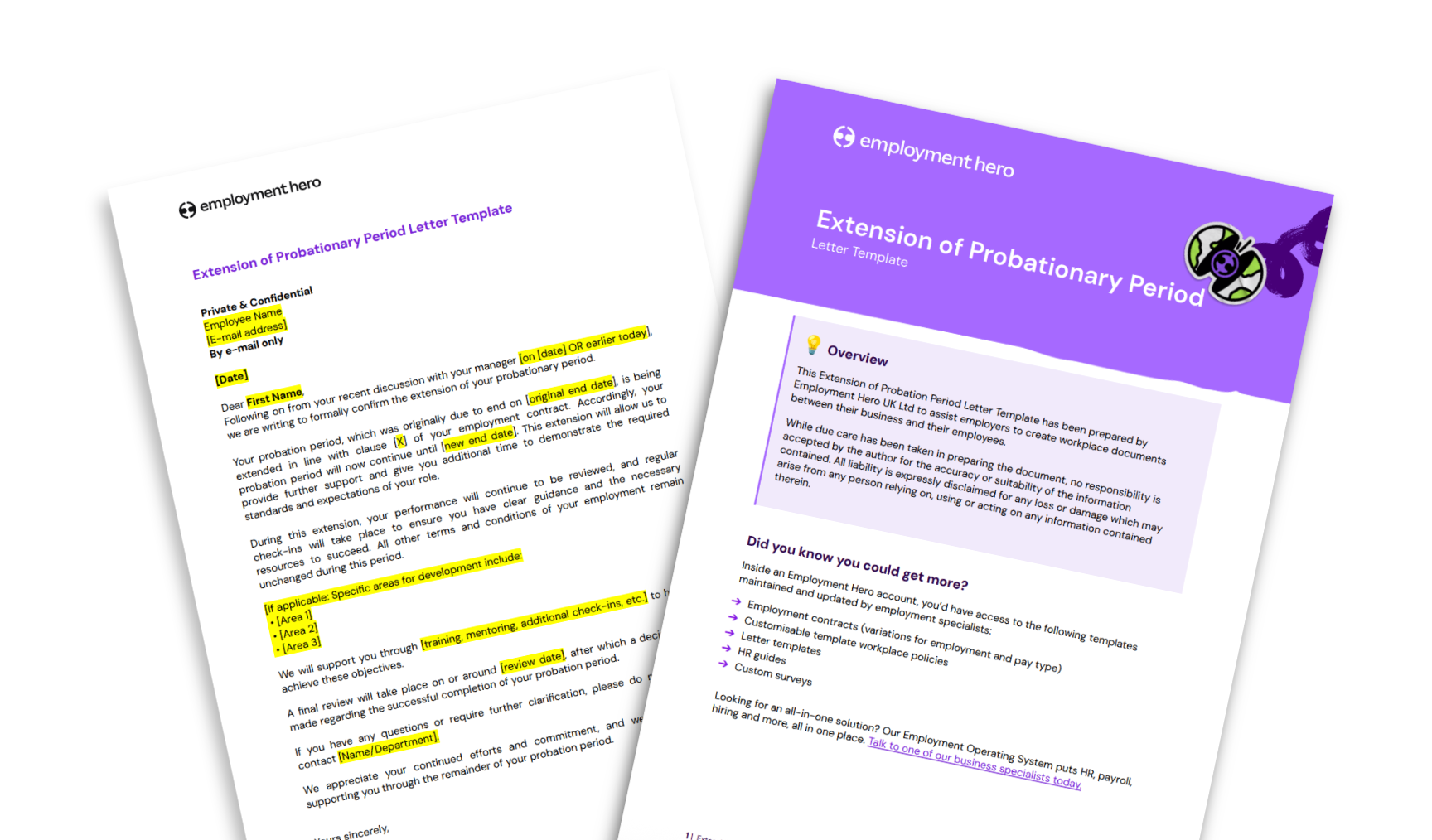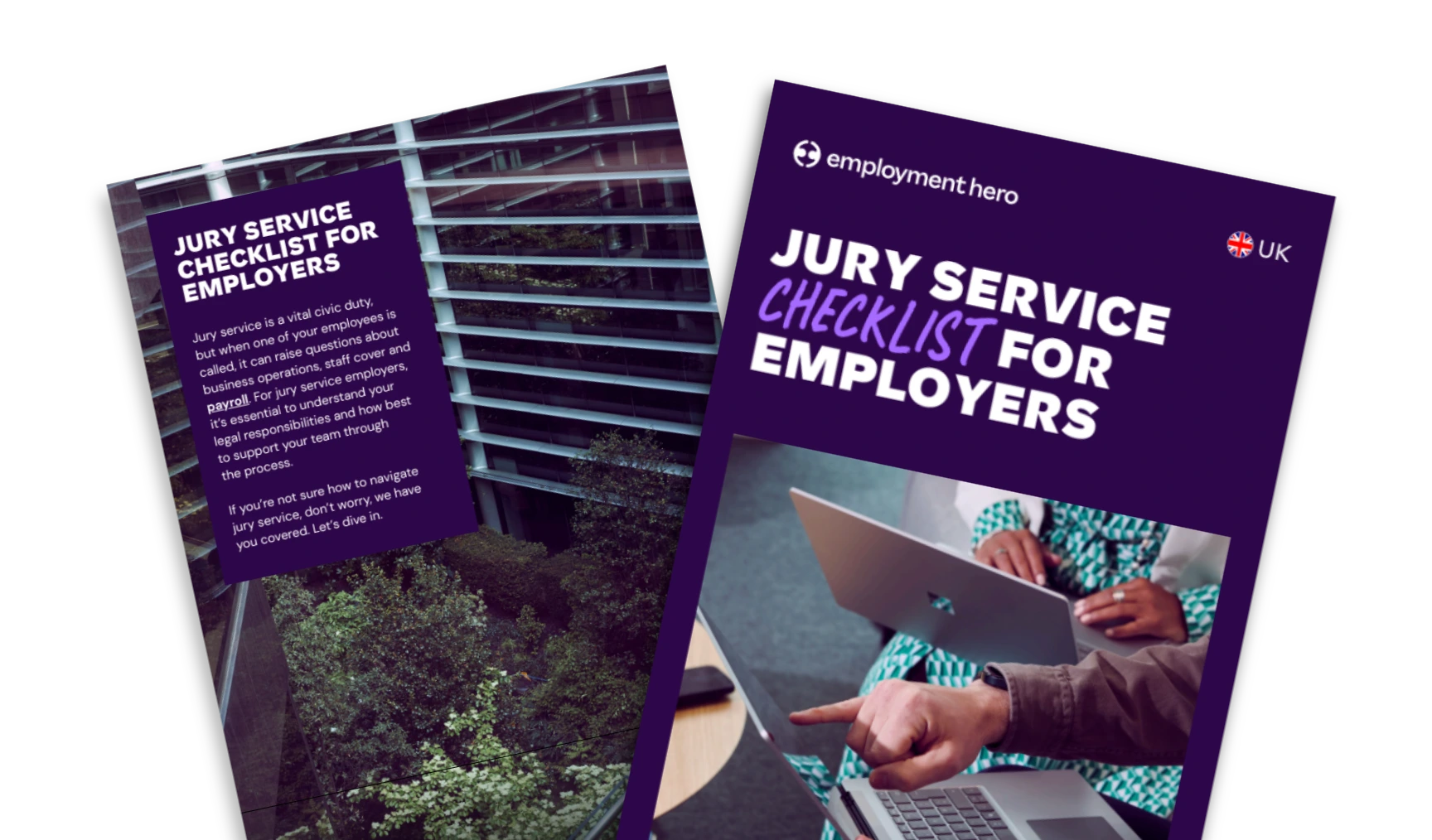Compassionate Leave: An Expert Guide for UK Employers [2025]
Published
Compassionate Leave: An Expert Guide for UK Employers [2025]
Published
Compassionate leave is one of the most sensitive areas of workplace management. It touches on moments of grief, illness and personal crisis where your employees need support more than ever. For employers, this means balancing empathy with legal compliance and clear processes.
This guide explains what compassionate leave means in the UK, how it differs from bereavement leave, what the law requires and how you can create a fair and supportive policy. We also provide a free compassionate leave policy template to help you formalise your approach.
What is Compassionate Leave in the UK?
Compassionate leave is time away from work that employers may grant to an employee dealing with a serious personal matter. It most often applies when an employee is faced with the death of a loved one, the serious illness of a partner or relative or an unexpected emergency such as a dependent being admitted to hospital.
In UK workplaces, compassionate leave is usually discretionary. That means it is offered at the employer’s choice rather than as a guaranteed statutory right. Even so, it is closely connected to legal entitlements such as time off for dependents.
It typically applies in situations such as:
- Attending a funeral or making funeral arrangements.
- Supporting a partner through a miscarriage or stillbirth.
- Caring for a dependent following an accident or emergency admission.
- Taking time to process grief after the loss of a loved one.
Is Compassionate Leave a legal requirement in the UK?
There is no direct statutory entitlement to compassionate leave in the UK, but there are related legal rights that employers must honour. Employees are entitled to a reasonable amount of unpaid time off to deal with emergencies involving a dependant. Parents who lose a child under the age of 18 or who experience a stillbirth after 24 weeks of pregnancy, are entitled to two weeks of parental bereavement leave.
Although compassionate leave itself is not mandated by law, ACAS recommends that employers adopt clear and fair approaches. Doing so builds trust and supports employee wellbeing during difficult times.
Comparison of statutory and discretionary compassionate leave.
| Type of Leave | Legal Requirement | Typical Pay | Examples of Use |
| Time off for dependants | Yes | Unpaid | Child illness, dependant in hospital |
| Parental bereavement leave | Yes | Statutory pay available | Death of a child, stillbirth after 24 weeks’ pregnancy |
| Compassionate leave | No | Paid or unpaid, employer decides | Death of a friend, serious illness of relative |
How is Compassionate Leave different from Bereavement Leave?
Bereavement leave refers specifically to time off following the death of a loved one. Compassionate leave is broader, covering not only bereavement but also other serious personal crises such as a partner’s illness or a dependent’s accident.
In practice, many organisations use one compassionate leave policy to cover both bereavement and other situations. Others separate them to make expectations clear. As a rule, bereavement leave should be used where the leave relates directly to a death, while compassionate leave is better suited to wider personal emergencies.
When should employers offer Compassionate Leave?
Employers are encouraged to take a flexible approach and consider compassionate leave in situations that extend beyond the legal minimum. This could include the serious illness of a close family member, the death of a non-dependent friend, or pregnancy loss where statutory rights may not apply.
Every case should be approached with empathy. Employees will experience grief and crisis in different ways and a compassionate response from the organisation can reduce stress, aid recovery and build lasting loyalty. For more advice on responding to grief at work, see our Leader’s Guide to Grief.
Creating a Compassionate Leave Policy: What to include
A formal policy helps ensure fairness, consistency and transparency. It gives managers a framework for making decisions while reassuring employees that they will be supported.
When writing your policy, explain why the policy exists and who it applies to. Set out the eligibility criteria, including which relationships or situations are covered. Clarify whether leave will be paid or unpaid and whether flexible arrangements are possible. Describe the process for requesting leave, including notice and documentation requirements and offer guidance on how managers should apply discretion. Finally, consider how employees will be supported when returning to work, such as phased returns or access to wellbeing services.
Formalising your approach makes compassionate leave easier to manage across the organisation. Tools like leave management software can help you apply policies consistently and give employees a simple way to request time off.
Supporting employees during difficult times
A written policy is important, but culture matters just as much. Managers should be trained to respond with empathy and consistency and employees should be made aware of the support available. Offering access to an Employee Assistance Programme can provide counselling and wellbeing services at the moments employees need them most. HR teams also play a vital role in explaining options clearly and helping managers respond appropriately.
For further advice on managing different kinds of workplace leave, read our Leave Management Guide.
Download our free Compassionate Leave Policy Template
Our free template gives you a ready-made framework to manage compassionate leave consistently. It includes clear sections on eligibility, pay and procedures, along with guidance notes to help you adapt it to your business. Whether you are a small company or a larger organisation, the template can be customised to your structure and workforce needs.
FAQs about mobile phone use at work
There is no set entitlement. Employers decide how much leave to grant and whether it will be paid. Many businesses choose to offer three to five days, but this varies.
Employees usually request compassionate leave in situations such as bereavement, a serious illness affecting a loved one or a dependent requiring urgent care.
Payment is at the employer’s discretion. Some organisations provide paid compassionate leave, while others only offer it on an unpaid basis.
To download the policy template, we just need a few quick details.
Related Resources
-
 Read more: Probation Extension Letter Template for Employers
Read more: Probation Extension Letter Template for EmployersProbation Extension Letter Template for Employers
Learn how to fairly and legally extend an employee’s probation period. Download our free probation extension letter template and follow…
-
![Compassionate Leave: An Expert Guide for UK Employers [2025]](https://employmenthero.com/uk/wp-content/uploads/sites/2/2025/10/compassionate-leave-uk-workplace-meeting.webp) Read more: Compassionate Leave: An Expert Guide for UK Employers [2025]
Read more: Compassionate Leave: An Expert Guide for UK Employers [2025]Compassionate Leave: An Expert Guide for UK Employers [2025]
Support your staff through life’s toughest moments. Find out how compassionate leave works in the UK and what employers need…
-
 Read more: Jury service employer guide: Pay, policy and procedures
Read more: Jury service employer guide: Pay, policy and proceduresJury service employer guide: Pay, policy and procedures
A complete guide for employers on handling staff called for jury service. Learn about pay obligations, policies, deferrals, and best…


















